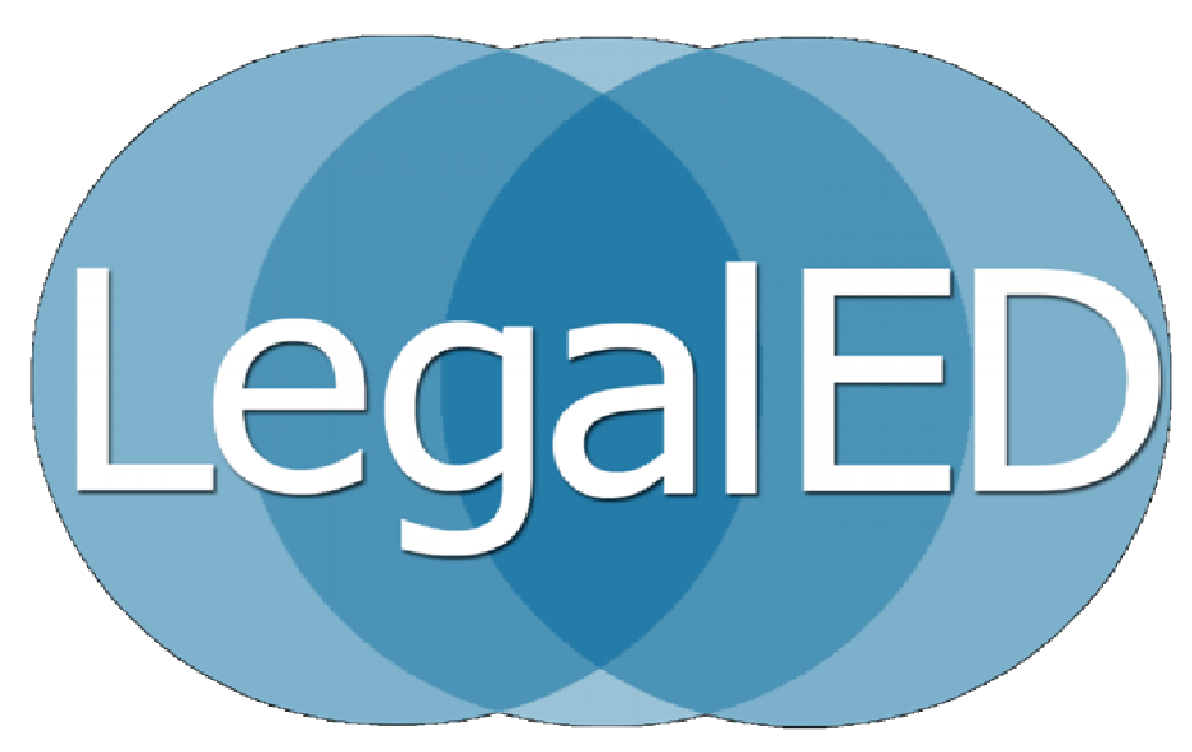I flipped my class yesterday. And I think it worked!
The class was on persuasive lawyering. Over the summer I made a video about persuasive lawyering. It talks about persuasion in relation to classic rhetoric, and the elements of logos, pathos and ethos. The video is available on LegalED here.
Here is what I did during the 55-minute class segment that I allocate in my syllabus for introducing the topic:
I assigned the video for students to watch as homework. It is less than 5 minutes long. Then, when we got to class, instead of starting the discussion of persuasion with a short lecture on the topic, I started with an exercise. The students were asked to work with a partner to persuade my co-teacher (I am very fortunate to be co-teaching with Harriet Power from our university’s theater department this semester) and I that we should serve wine and cheese during each class. The student teams had two minutes to come up with their arguments. Then, each student team had one minute to stand up and persuade us, with each partner contributing equally to the argument. Most argued about the health benefits of wine, others about how drinking wine would make the students more relaxed and open, which would facilitate better in class discussions, and others pointed out how the professors could benefit from the wine as well, at the end of a long, busy day. The theme of culture was raised as well; some arguments tied the wine and cheese to our abilities to learn about different cultures through their food and drink.
My co-teacher and I then facilitated a discussion of the arguments in relation to the theory of persuasion. We used the students’ arguments as jumping off points – we broke them apart to identify what worked and why, relating everything back to the theory the students had learned from the video and the tactics of persuasion – logos, pathos and ethos. For example, the argument drew on logos when it referred to the research on the health benefits of drinking red wine. The part of the argument that was more personal about us as professors and how we could also enjoy the wine, was about pathos, appealing to the audience’s emotions.
I have taught a class on persuasive lawyering about ten times before and this one seemed different; it was better. Instead of my talking at the students about the foundations of persuasive argument, by flipping the classroom my students could learn the foundational information before coming to class. That opened up the class for an activity in which the students could actually try it out.
Another added benefit was that we could provide feedback on the students’ presentation skills as well. We told them whether their tone was appropriate and authoritative. By getting the students out of their chairs, we could provide feedback to the students on their posture and stance and how body language can enhance or detracted from the persuasiveness of an argument.
I hope to make shorter videos on each of the three elements – ethos, pathos and logos – in which I flesh each out in more detail in the coming weeks.
If you have any questions, ask them in the comments section below. I’d be happy to share more about the experience. I also welcome comments on the video.
Flipping learning refers to a growing educational practice (increasingly being adopted in higher education) of using videos to teach doctrinal subjects -- which students watch outside of the classroom -- and then using face-to-face classtime for active, problem-based learning that reinforces what students have learned through online video instruction.
I think flipped learning could be applied in legal education too. If students watch doctrinal videos as homework, then classtime can be devoted to activities that reinforce the learning and provide more feedback and assessment.
This website will assemble a growing
collection of short videos (each 15 minutes or less) on law and law-related
topics (substantive, procedural, practical skills and professional values) so
that we can begin to “flip” the law school classroom and devote more
face-to-face class time for active, problem-based learning. A series of
videos on contracts is already up and being used by students around the
country. The videos on substantive law
could be assigned to students for viewing outside the classroom, thereby
freeing up class time for activities that bring in more training on the other
competencies proven necessary for successful lawyering, practical lawyering skills
and professional values. This is a blended model of teaching, where we
leverage the web for passive learning (listening to lectures) and open up class
time for more activities that call on students to use their knowledge in active
ways that reinforce and support learning.
We realize that many professors are not trained to teach in this new way.
Our website is designed to support them as they make this transition. The
website also hosts a collection of tools directed at professors interested
in bringing teaching innovations into their classrooms. We are assembling
a series of teaching materials (videos, assessment tools, problems and in-class
exercises) created, contributed to and curated by world-class teachers in their
fields. The series on pedagogy will be directed at law professors.
These videos will explain how to incorporate more active learning and teaching
of lawyering competencies into doctrinal courses with the hope of inspiring
others.
Join our growing community! If you have materials that you would like to share, please let us know.
